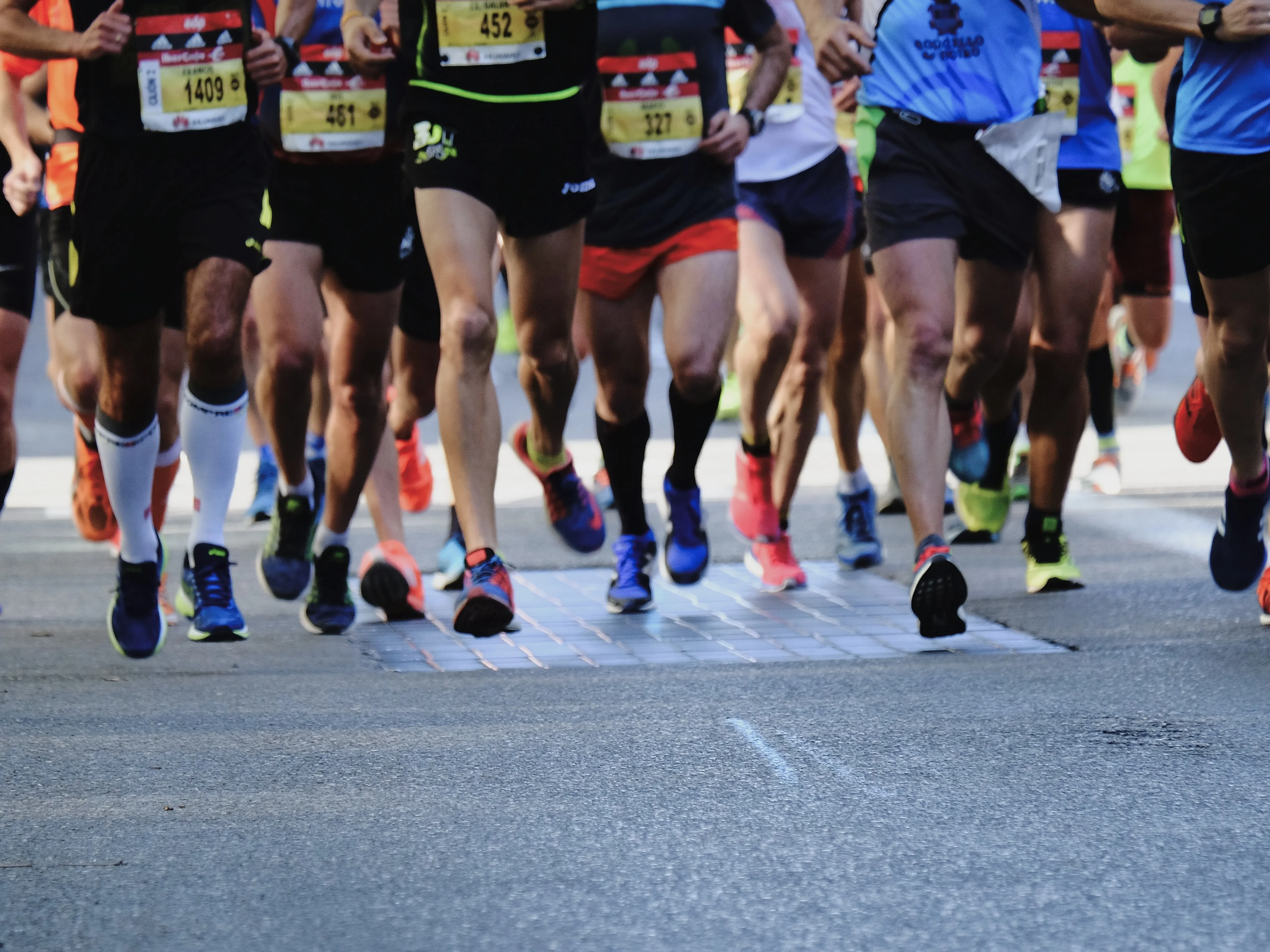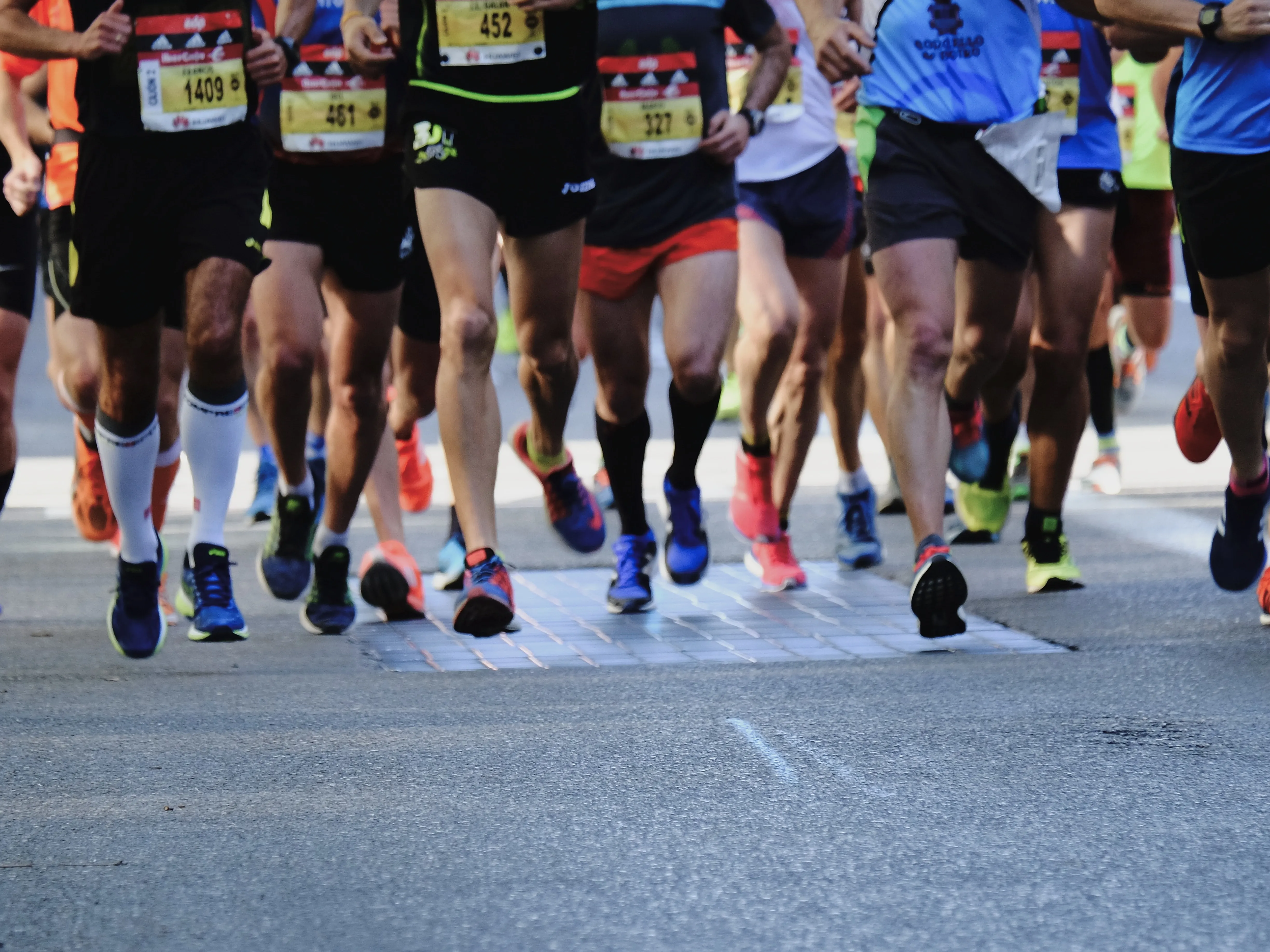
Every runner, irrespective of their level of expertise, will encounter a plateau in their training at some point. It’s a frustrating feeling, where despite your consistent efforts, you cease making progress and your performance doesn’t improve. However, beating a plateau is not as intricate as it may seem. This article will provide insights and strategies for overcoming those frustrating flat spells in your running progression.
Understanding the Running Plateau
A plateau in running occurs when your progress stalls despite the continued efforts in your training. This is a typical part of any training process and can manifest in many ways. For example, you might not be able to increase your speed or distance, or perhaps you find that racing times have stagnated. Understanding that this is a normal part of your running experience is a crucial first step toward overcoming it.
Reasons for Hitting a Plateau
Before finding a solution to the problem, it’s essential to understand why you’ve hit this plateau in the first place. Often, your body will plateau due to a lack of variation in your training. Running the same distance, at the same speed, on the same route, means your body has adapted to this level of stress, and hence, sees no reason to change or improve.

Another factor could be overtraining. Pushing your body too hard without adequate rest can lead to a decrease in performance. Too much running without ample recovery leads to cumulative fatigue, which will inevitably stunt your progress.
Introducing Variety in Your Training
Introducing variety can be the key to shake things up and push through your plateau. This could mean changing your running route, varying your running intensity, or introducing new types of exercises into your routine such as cycling or weight training.
Vary Your Running Intensity
Incorporating faster running like intervals or tempo runs into your routine can do wonders. By giving your body a new challenge, you push it to adapt, grow, and thus, improve.
Change Your Running Environment
Changing your environment can also bring a new dimension to your training. If you usually run on flat roads, try adding some hill work into your routine. If you normally run alone, join a running group for a change of pace.

Cross-Training
Don’t underestimate the importance of cross-training. Cycling, swimming, or weight lifting can help enhance your overall fitness level, thus directly benefitting your running performance.
The Importance of Rest
Lastly but in no means least, sufficient rest is vital for overcoming a plateau. During rest, your muscles are repaired and your strength is rejuvenated. Consider taking a day or two off per week, and ensure you’re getting a good night’s sleep.
To sum up, plateaus are a natural part of every runner’s journey, and they are not insurmountable. Introducing variety in your training, paying attention to overtraining, and ensuring adequate rest can help you burst through those frustrating running plateaus. It’s all about understanding your body, respecting its needs, and constantly changing your training to keep it a stimulating challenge. Keep going, and your forward momentum will eventually return.
Remember, the only real plateau is the one you’re unwilling to pass. Happy running!




